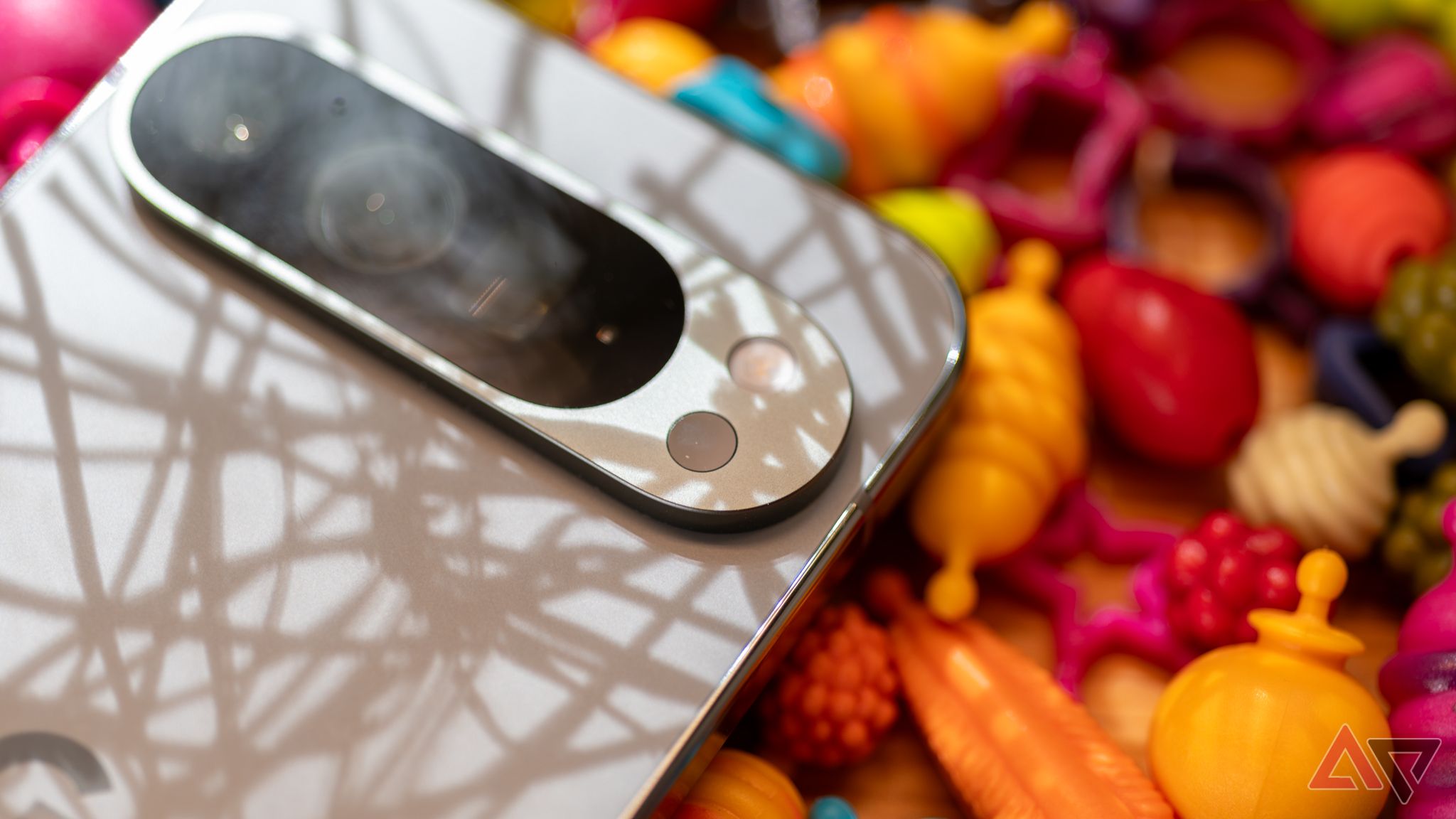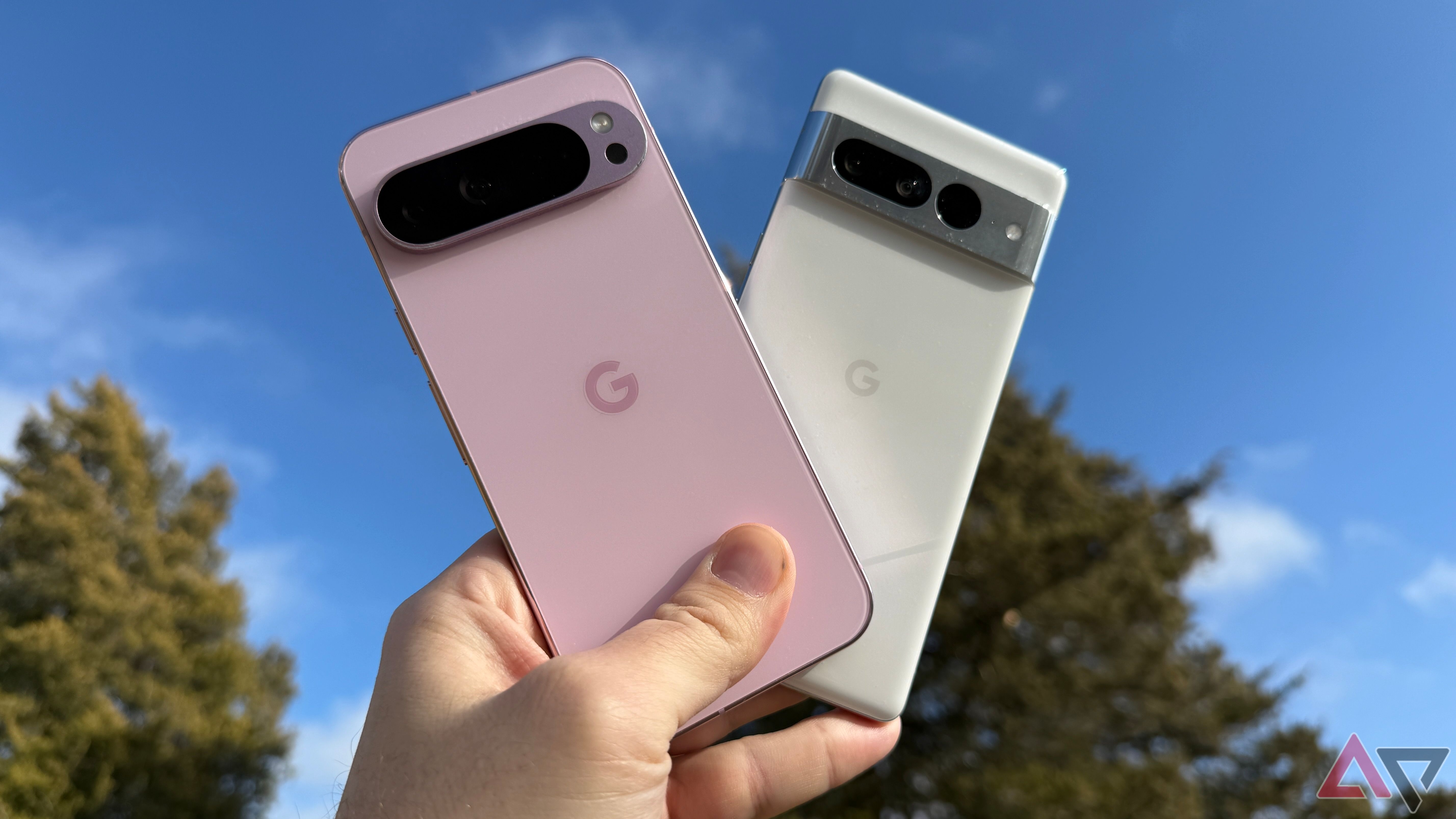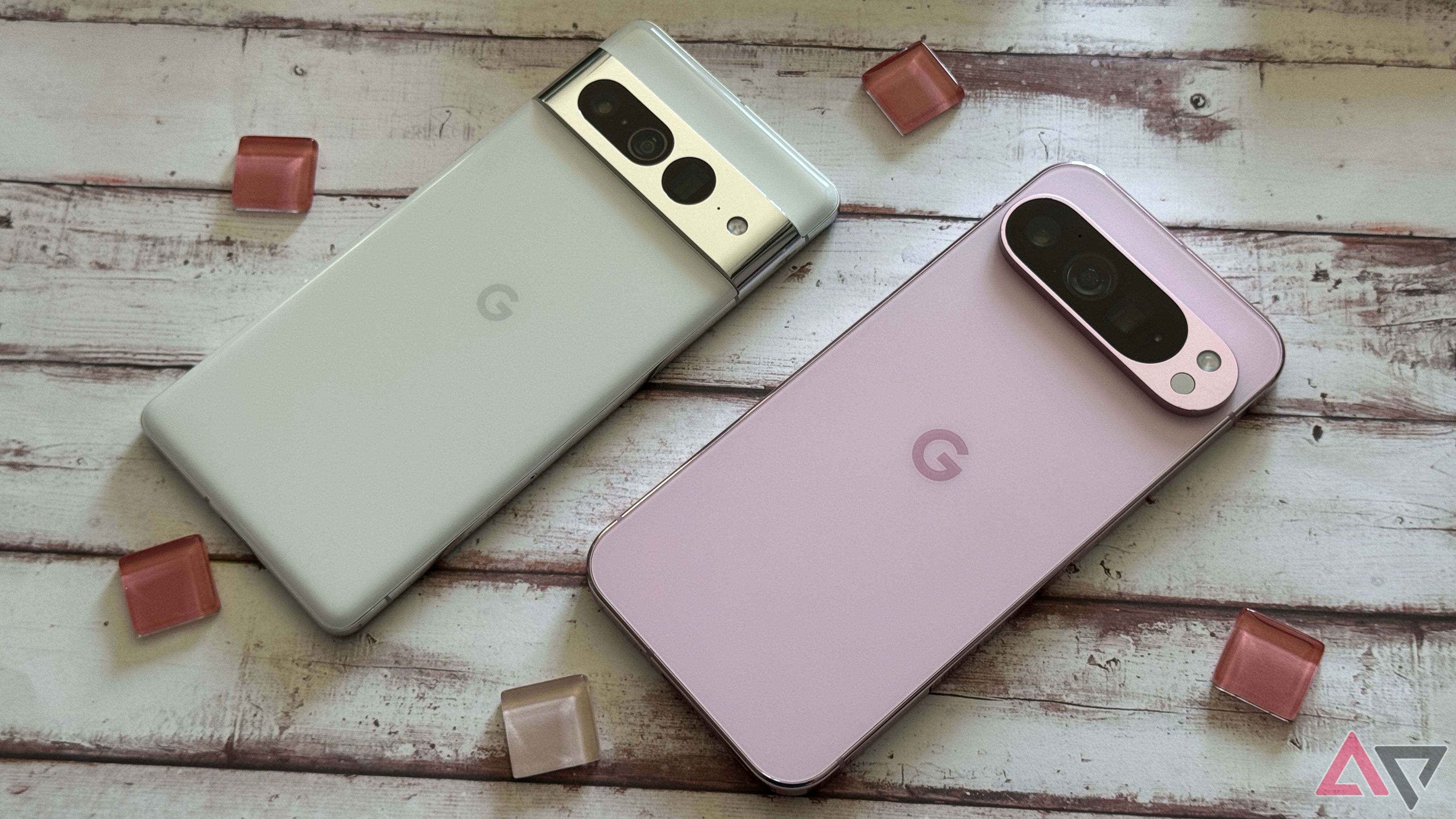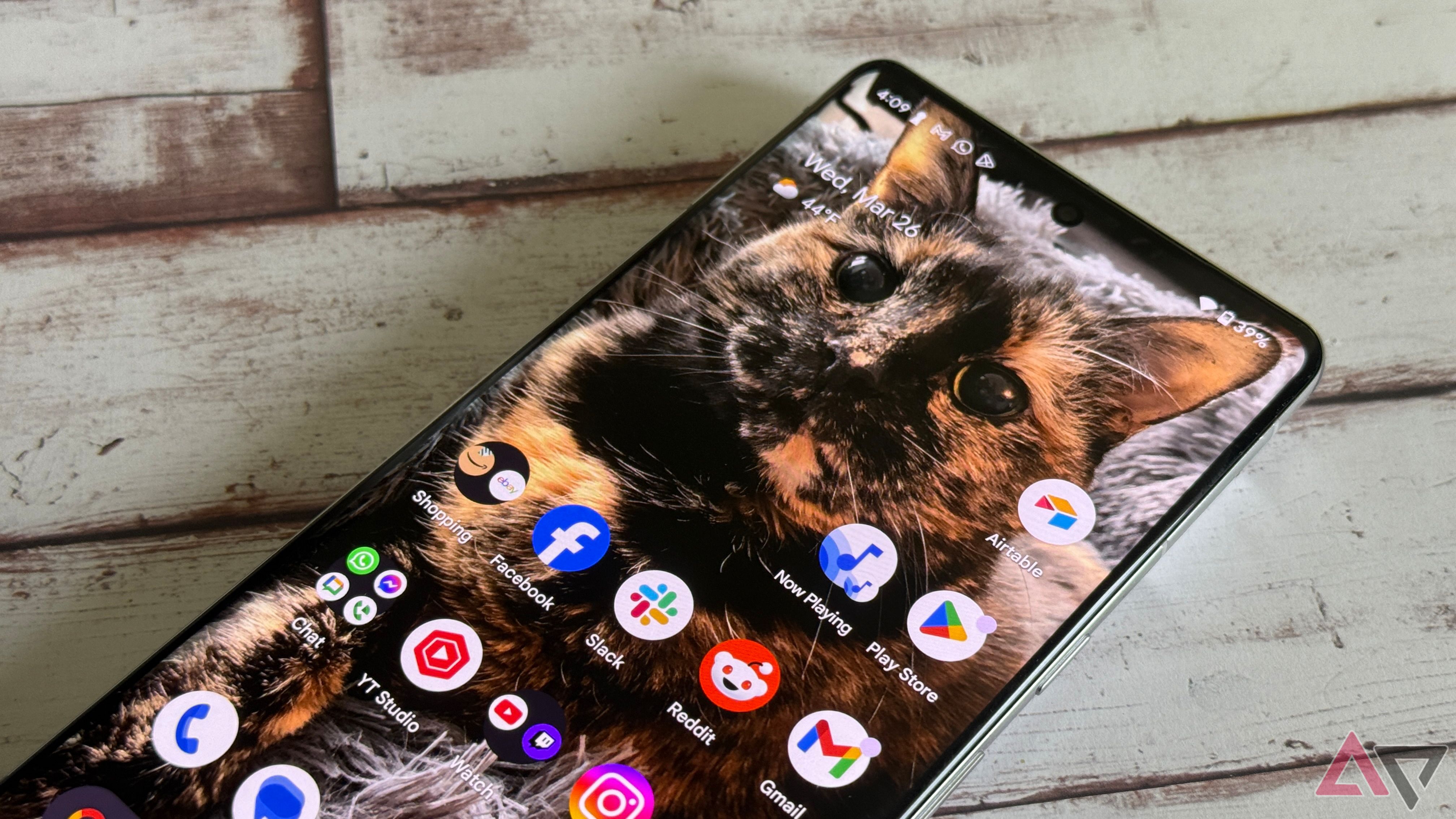When I power up a Google Pixel 7 Pro in 2025, it feels like a different company made the phone. Google used to frustrate me, seemingly ignoring legitimate user complaints year after year with its smartphones. Pixels were plagued with the same issues every year, and it was difficult to recommend a Google smartphone.
However, times have changed, and Google’s hardware has improved, with the Pixel 9 Pro XL being an easy recommendation for most smartphone users. This impressive transformation in under three years shows Google’s dedication to competing against Samsung and Apple. Here’s what sticks out about the Pixel 7 Pro and what Google did in the last couple of years to ensure the Pixel 9 Pro XL is a phone that could reverse the company’s faltering customer satisfaction.
Read our review
Google Pixel 9 Pro XL: The best big Android phone
Google’s big flagship earns its $100 price bump and then some
The Pixel 7 Pro felt unfinished
Not Google’s best effort
Google used premium materials for the Pixel 7 Pro, but the result is anything but. In the hand, the design feels unfinished, almost rough, with sharp corners and a plain camera bar. The Pixel 7 Pro seems more like a prototype than a flagship product, and the company had much to refine on the significantly better Pixel 8 Pro. Google’s direction wasn’t clear with the Pixel 7 Pro. I enjoyed the Pixel 6’s goofy Google aesthetic, but the company lost that charm with the Pixel 7 Pro. It was a bland device, meant to be a refined, mature version of the Pixel 6, but it fell flat.
I couldn’t stand older Pixel displays, with the Pixel 7 Pro being a prime example.
Google also hadn’t discovered the magic of a frosted or matte finish on the glass on the back of its smartphones. The Pixel 7 Pro was a fingerprint magnet, and you’d leave fingerprints because you had to grip it tightly — the phone was slippery. The aluminum frame on the Pixel 7 Pro was premium, but it heated up due to the phone’s poor thermals. The Pixel 8 Pro and Pixel 9 Pro fixed most of these issues with a refined, pleasing design and matte glass backs. Google made the Pixel look and feel like a $1,000 flagship smartphone — something missing from previous generations.
The performance fell flat, along with the battery life
Not up to flagship standards
I was excited about the second-generation Tensor chipset in the Pixel 7 Pro. Google did a decent job dialing in the first-gen Tensor with updates over the year on the Pixel 6, so I figured the company would have things dialed in for round two — I was wrong. The Tensor G2 was a step backward, returning to the overheating and thermal throttling I had on my Pixel 6 at launch. It didn’t help that the Tensor G2 didn’t benchmark as well as other phones in its price range. Google focused less on AI and the user experience at the time, making Tensor deficiencies more glaring. Poor thermals also decreased battery life, as I struggled to get 6 hours of screen time with my Pixel 7 Pro.
Thankfully, Google learned its lesson for the last two Tensor chipsets. My Tensor G3 in the Pixel 8 Pro performed well, increasing battery life and giving me smooth performance without overheating. Some users still complained of slight warmth, but I felt nothing out of the ordinary, and I never noticed the same level of heat I got from previous Pixels. As a result, battery life improved, with my Pixel 8 Pro and Pixel 9 Pro XL routinely getting 8–9 hours of screen time from a single charge, more in line with what’s expected from an expensive flagship device.
Pixel displays were subpar
They couldn’t get any worse
I couldn’t stand older Pixel displays, with the Pixel 7 Pro being a prime example. The Pixel 7 Pro’s panel was bland and dim, and I always had to turn up the brightness to 100%, even for indoor viewing. The colors didn’t pop off the screen, and Google never matched the vibrant displays on the Samsung Galaxy phones. The Pixel 7 Pro wasn’t a one-off, as I’d been complaining about substandard Pixel displays since the Pixel 4 XL. Unfortunately, Google wasn’t listening, but things turned around quickly with the Pixel 8 Pro.
Google’s Super Actua displays wholly transformed how I view the company’s screens. Google went from having the worst panels on flagship phones to some of the best. The display on my Pixel 9 Pro XL is vibrant and saturated, and in some ways, I found it better than the screen on my Galaxy S24 Ultra last year. Even the Actua displays on the Pixel 9 and Pixel 8a are leagues better than what came before, with dim displays especially plaguing the Pixel A-series phones. I believe it’s another area where Google listened to user complaints and a key to the company’s turnaround.
Google found its way out of a tough spot
I was down on Google after the Pixel 6 and Pixel 7. The company appeared tone-deaf, unable to make even basic changes and improvements to its devices to fix long-standing issues. The Pixel 8 and Pixel 9 show how quickly things can change in technology and how you shouldn’t dismiss a company just because of a rough patch. I’m glad I stuck with Google. While Gemini Live and some of the company’s AI software still need some improvement, I’m confident they can consistently deliver quality hardware.





